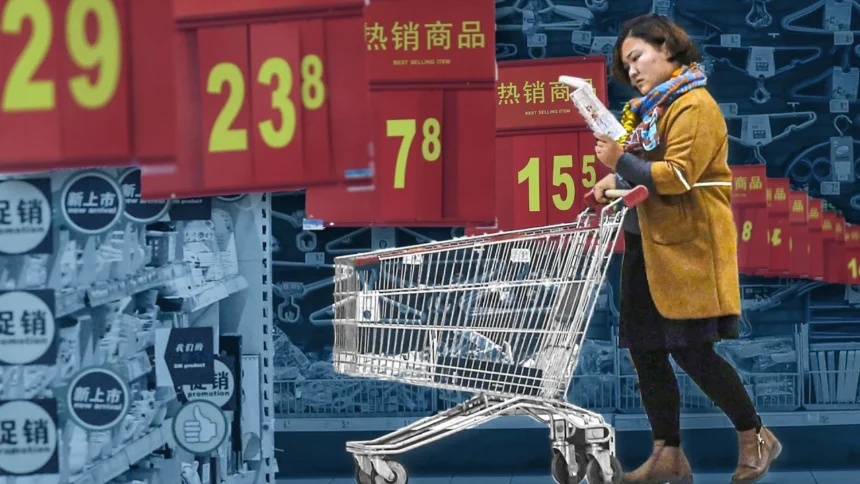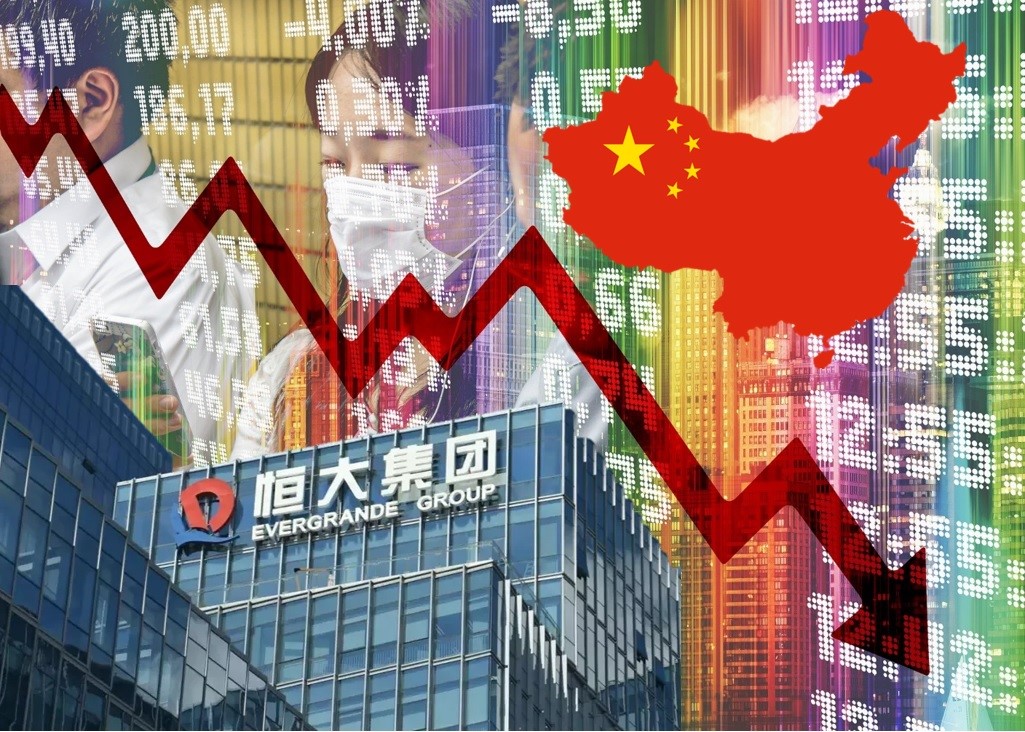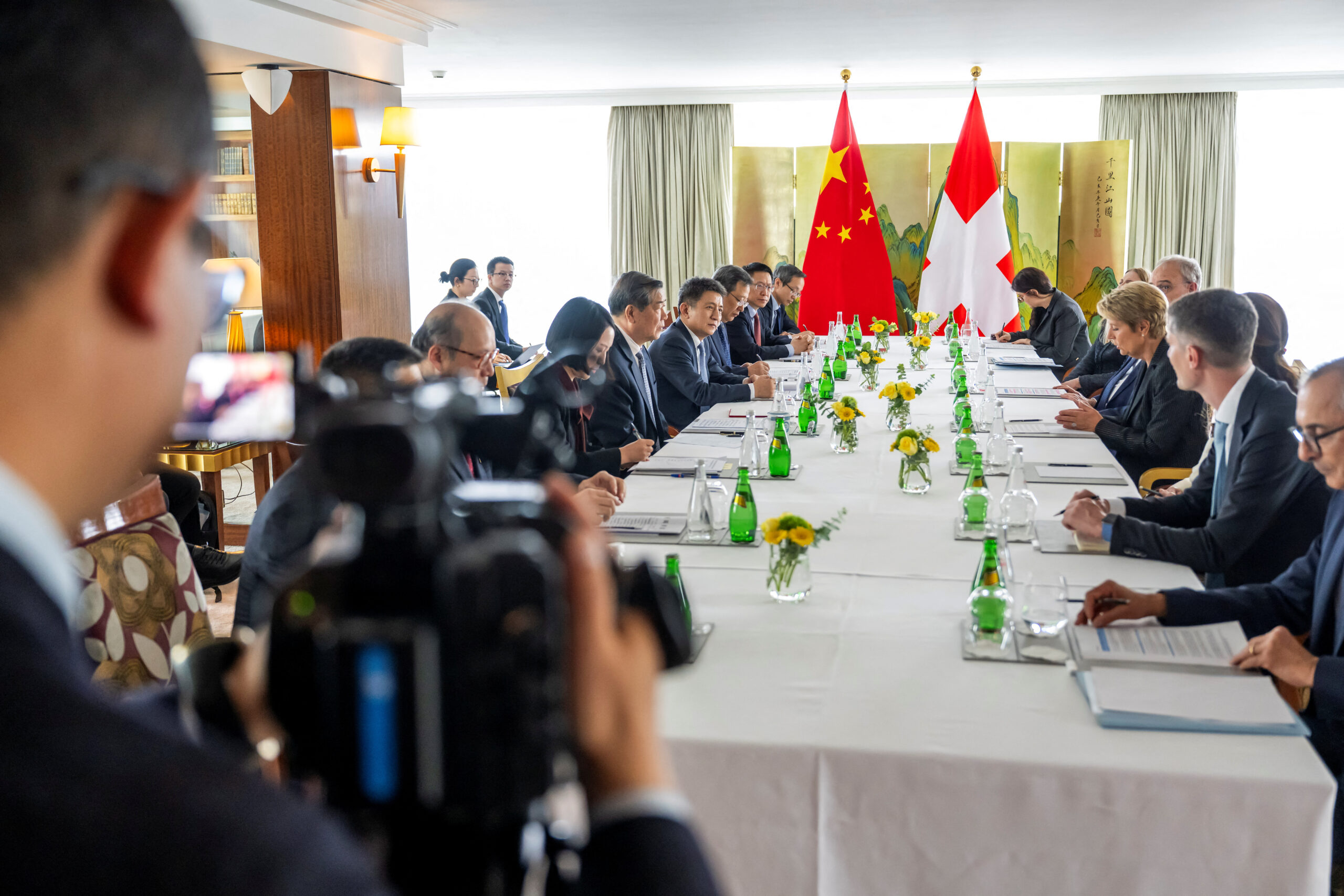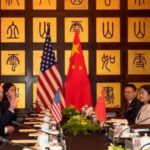BEIJING – China’s government has announced a major round of stimulus to fight the growing economic hit from the ongoing trade conflict with the United States. As factories close, job losses rise, and growth slows, officials hope these steps will help steady the economy.
The news comes just before important trade meetings in Geneva, where both sides will try to calm markets shaken by months of tension.
The People’s Bank of China (PBOC) joined top financial leaders to reveal a set of moves: lowering interest rates, cutting the amount banks must hold in reserve, and pumping more money into the system.
PBOC Governor Pan Gongsheng shared details, including dropping the reverse repo rate to 1.4% from 1.5%, a 0.25% cut in the lending rate for banks to 1.5%, and a 0.5% reduction in the reserve ratio, releasing 1 trillion yuan ($137.6 billion) for loans.
The government also promised more support for factory improvements, new technology, and service areas like elder care to help the economy adapt.
These steps are meant to soften the blow from U.S. President Donald Trump’s tariffs, now at 145% on Chinese goods, which have hurt China’s exports. China hit back with tariffs of up to 125% on American products and stopped buying most U.S. farm goods, adding strain on both economies.
The U.S. economy shrank 0.3% in early 2025, while China reported 5.4% growth. Still, many economists doubt China’s official numbers because of weak export orders and falling business confidence.
Warning Signs from Key Economic Data
Recent numbers show China’s economy is struggling. The manufacturing PMI dropped to 49.0 in April, the lowest since December 2023. That means factories are slowing down at the fastest rate in 16 months. New export orders are at their lowest since April 2012, if you don’t count COVID-19 times, as tariffs from the U.S. have thrown supply chains and demand into chaos.
The job market remains shaky. Urban unemployment eased to 5.2% in March, down from 5.4% in February, but many workers are still at risk. Goldman Sachs says as many as 16 million jobs connected to U.S. exports could disappear, especially in export, wholesale, and retail. Stories of factory closures are now common, with thousands of businesses facing bankruptcy due to high tariffs.
China’s housing market, once a pillar of growth, is now a drag. Home sales are down 24% this year, and more than 50 million homes are empty. Shoppers are holding back, with household savings up and retail sales struggling, even with government incentives for car and appliance trade-ins. Producer prices have fallen for two years, and consumer prices are close to deflation, showing that demand at home is weak.
This new stimulus package was compared to last September’s push that fueled a 32% jump in the CSI 300 index. This time, though, the market barely moved. The CSI 300 rose 0.61% after the news, and the Hang Seng in Hong Kong gained less than 0.4% over two days. Experts say the mild response is because easier money alone can’t fix the deeper problems, like weak demand from both consumers and businesses.
Julian Evans-Pritchard at Capital Economics said the latest steps can’t replace stronger government spending. Many analysts argue that because the government hasn’t done more to boost household spending, the impact is limited. Morgan Stanley believes China might need another 1 to 1.5 trillion yuan in stimulus in the second half of 2025 to blunt the damage from tariffs. Some warn that without bigger moves soon, the slowdown could get worse.
China-US Trade Talks Raise Hopes
The stimulus news comes just as top officials from China and the U.S. prepare to meet in Geneva. Chinese Vice Premier He Lifeng will sit down with U.S. Treasury Secretary Scott Bessent and Trade Representative Jamieson Greer. This is the first high-level discussion since tariffs ratcheted higher in April. Topics will include cutting tariffs, export controls, and the new U.S. “de minimis” rule, which now hits low-value Chinese goods with a 120% duty.
American officials say the current tariffs can’t last, which has sparked hope for a partial rollback, perhaps down to 50-60%. Still, Morgan Stanley warns that a full deal isn’t likely soon because of bigger issues like tech restrictions and political tensions. China, trying to project strength, says it hasn’t started any new talks and blames the U.S. for the latest round.
China’s leaders must keep the economy growing without looking like they’re giving in to U.S. demands. The Politburo has told local governments to plan for tough times and speed up spending and monetary support to help exports and stir up demand at home.
The government says it wants to create 12 million city jobs in 2025 and keep growth above 5%. But experts like Zichun Huang at Capital Economics say growth could slip to 3.5% this year if major new action doesn’t happen.
With factories slowing and job losses mounting, the real test will be whether these new stimulus efforts and the outcome of the Geneva talks can turn things around. For now, global markets are watching closely to see if Beijing’s latest strategy can steady an economy under pressure.
















